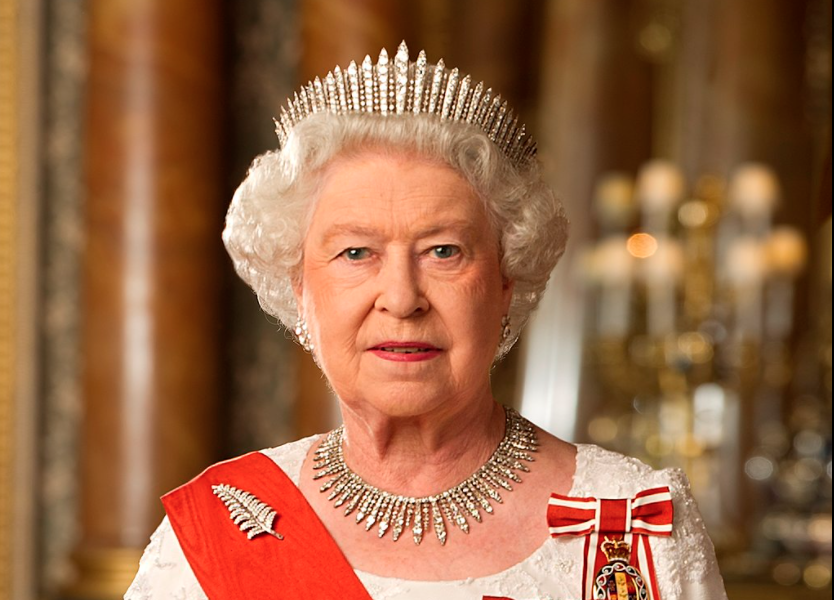
As we mark 70 years since The Queen ascended the throne, we’re taking a look back at the life and reign of Britain’s longest-serving monarch, Elizabeth II.
Early Life
At the time of her birth, Princess Elizabeth Alexandra Mary was never meant to be a queen. She arrived on 21 April 1926 as the first child of the Duke and Duchess of York, Prince Albert and his wife, Elizabeth. As the second son of the monarch, Albert enjoyed a quieter life and more freedom than his brother, Edward, and Elizabeth grew up in a very close and loving family.
Her sister, Princess Margaret Rose, was born in 1930, and while their personalities were quite different, the pair had a strong bond, and their mother even dressed them alike until they were teenagers. Nicknamed “Lilibet,” Elizabeth enjoyed horseback riding, stamp collecting, dogs, swimming, and participating in Girl Guides as a child.
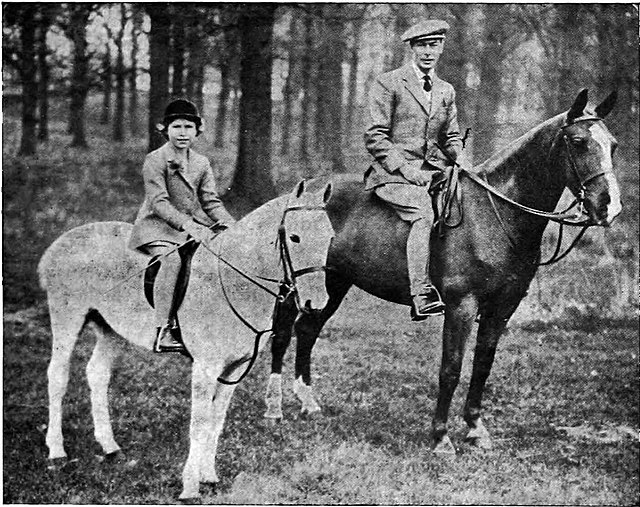
However, in December 1936, ten-year-old Princess Elizabeth’s life changed forever. Her uncle, King Edward VIII, abdicated the throne after less than a year, making Elizabeth’s father the new king and Elizabeth the next in line. This marked a turning point in her upbringing, as now there was a difference between Elizabeth and her sister, with one meant to be queen and the other with a less certain path.
Education
Both Elizabeth and her sister were educated at home by private tutors and their governess, Marion Crawford, who was heavily involved in their daily activities. Princess Elizabeth would become the last monarch to not receive any sort of formal schooling outside palace walls, as her son, grandson, and great-grandson would later go on to attend traditional in-person schools.
Young Elizabeth’s education involved subjects such as reading, writing, French, German, music, and history. Both Elizabeth and Margaret enjoyed singing and acting, and during World War II, when they were based at Windsor Castle, they’d put on pantomimes to raise money for the Royal Household Wool Fund.
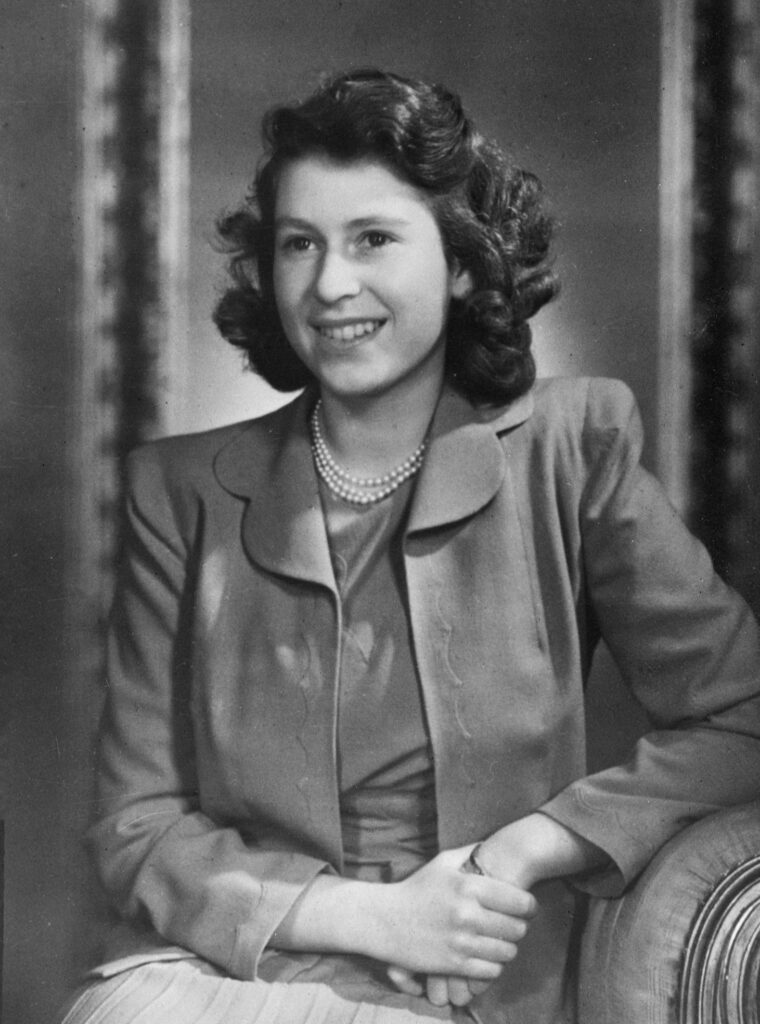
During the war, Princess Elizabeth also joined the Women’s Auxiliary Territorial Service and was trained as a mechanic and truck driver. To this day, she remains the only female member of the Royal Family to serve in the British military.
Marriage and Family
Once the war was over, Princess Elizabeth boosted the nation’s morale when her engagement to Prince Philip of Greece was announced. The two were distant cousins, related through Queen Victoria, and dashing Naval officer Philip had won Elizabeth’s heart years before when she was just 13. The two wrote letters throughout the war, and in 1946, he proposed.
On the advice of her father, Elizabeth waited until her 21st birthday to formally announce the engagement.
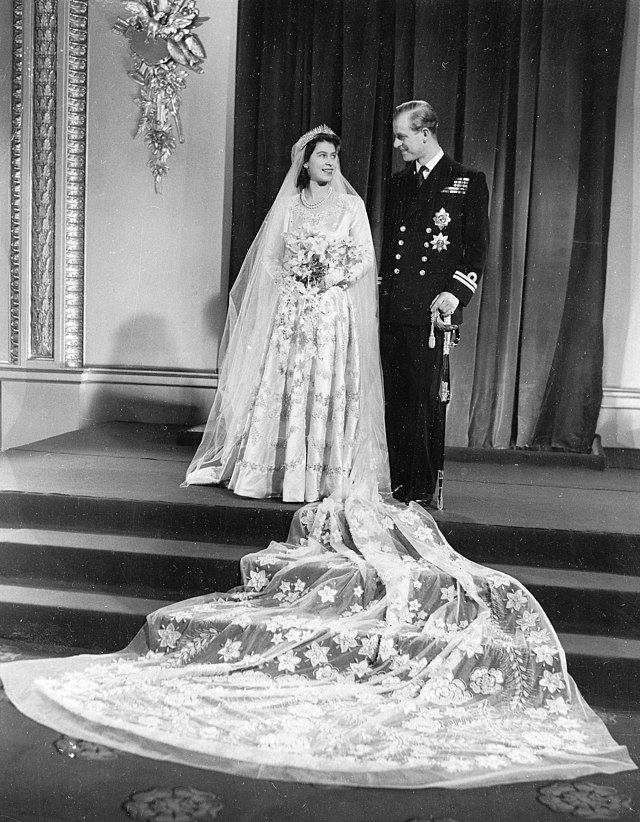
Their wedding took place on 20 November 1947 at Westminster Abbey, and although it wasn’t televised, the ceremony was broadcast via radio to 200 million people around the globe.
Elizabeth and Philip went on to have four children: Prince Charles, Princess Anne, Prince Andrew, and Prince Edward, along with eight grandchildren and 12 great-grandchildren. Prince Philip passed away at the age of 99 on 9 April 2021.
Royal Duties
On 6 February 1952, Princess Elizabeth was on a tour in Africa when she learned her father, King George VI, had passed away. So, at just 25, Princess Elizabeth became Queen Elizabeth II. Her coronation took place a year later, on 2 June 1953, at Westminster Abbey.
The ceremony was the first-ever coronation to be televised due to Prince Philip’s influence and wish to modernise the monarchy. Considering the UK’s population at the time (36 million), the coronation was viewed by a staggering number of 27 million people.
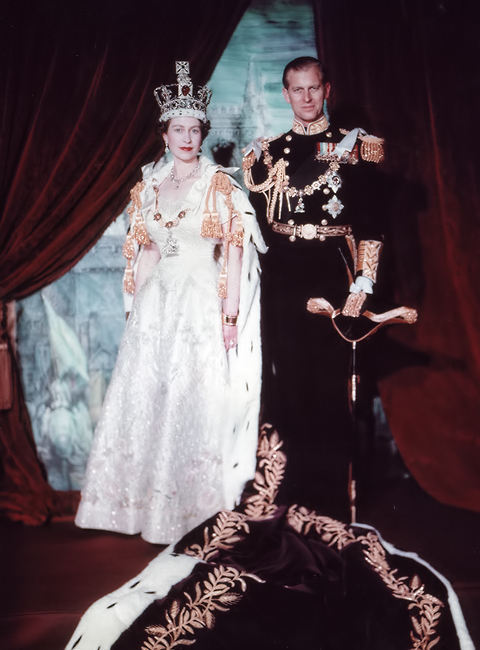
Throughout her reign, The Queen has served as patron of more than 600 organisations, ranging from Save the Children UK to the British Olympic Association and everything in between. Once she turned 90, The Queen began passing some of these patronages down to other members of her family in order to maintain a more manageable schedule of engagements.
The Queen has served through 14 Prime Ministers, remaining a constant and steady presence through times of great political and social change in the United Kingdom. She’s also the most-travelled monarch the United Kingdom has ever had, traversing more than one million miles and visiting 117 countries during various royal tours and visits over the years.
On 9 September 2015, she became the longest-reigning British monarch, replacing Queen Victoria, who ruled for 63 years. She will mark the start of her Platinum Jubilee year – the first-ever monarch to do so – on 6 February 2022.

